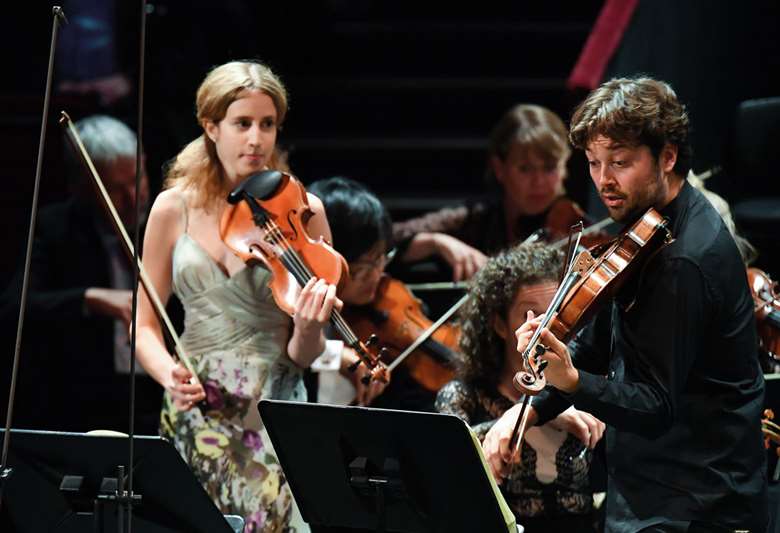What is a Sinfonia concertante?
David Threasher
Wednesday, January 16, 2019
David Threasher traces another form that reached its pinnacle with Mozart

Register now to continue reading
Thanks for exploring the Gramophone website. Sign up for a free account today to enjoy the following benefits:
- Free access to 3 subscriber-only articles per month
- Unlimited access to our news, podcasts and awards pages
- Free weekly email newsletter








